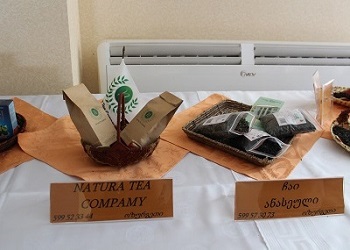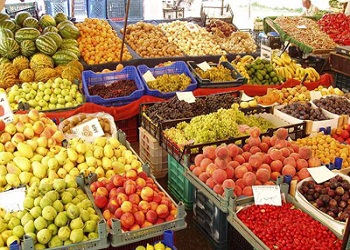- Details
On June 3 2016, a Round Table Discussion of Tea Cooperatives was held in Kutaisi. This was the third event in a series of dialogues about agriculture and rural development in Georgia organized by ISET Policy Institute (ISET-PI) in partnership with CARE International, the Regional Development Association and the Georgian Farmers Association, with support from the European Neighbourhood Programme for Agriculture and Rural Development (ENPARD).
This meeting, which was a continuation of the Tea Forum held in July 2015, aimed to facilitate discussion among a variety of stakeholders of the State Program of Tea Plantation Rehabilitation, called “Georgian Tea”.
- Details
Agricultural input subsidy programs are meant to increase crop production, contributing in this way to improved food security and rise of incomes of stallholder farmers. An important goal of such programs is to develop efficient input supply systems, improving farmers’ access to inputs and adoption of new technologies (e.g., use of new seed varieties, fertilizers, and pesticides). Nevertheless, because of high opportunity cost of subsidies for other public goods and social transfers, these programs are widely debated in the literature.
Georgia has been implementing the Agricultural Card Program since February 2013. Farmers received vouchers for plowing and purchasing agricultural inputs. The budget of the program was 290 million GEL in 2013. It was reduced to 90 million GEL in 2014 and to 50 million GEL in 2015 and 2016.
- Details
An average Georgian household spends more than 40% of its budget on food. Food prices are important determinants of access to food and stability of food security.
In order to assess the stability of prices the paper looks at food price volatility for major commodities (not restricted to primary commodities only) consumed by Georgian households. Price volatility is important because both low and high prices affect different stakeholder groups (producers, consumers, exporters etc.) in different ways.
The aim of this paper is to study food price volatility and identify its main drivers keeping in mind that not all types of volatility are problematic. Seasonal volatility for example might not be an issue, whereas unpredictable volatilities not driven by fundamental market forces are usually problematic (FAO et al. 2011). Another objective of the paper is to identify the most risky and less risky crops for producers to invest in and contribute to the policy on food security of Georgia as well as agricultural policy in general.













